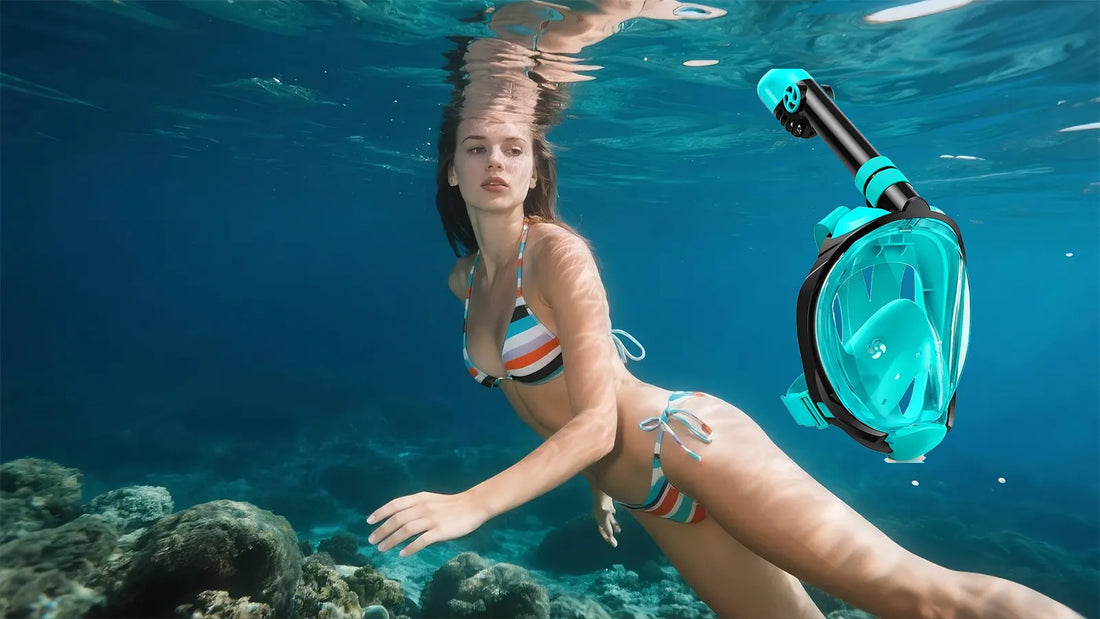Scuba diving is an exhilarating adventure that allows you to explore the wonders of the underwater world. However, it also comes with its own set of risks, one of which is decompression sickness, commonly known as 'the bends.' Understanding what the bends are, how they occur, and how to prevent them is crucial for every diver. This article delves into the science behind the bends, its symptoms, and the best practices to avoid this potentially life-threatening condition.
What Are the Bends?
The bends, or decompression sickness (DCS), is a condition that occurs when dissolved gases, primarily nitrogen, come out of solution in the bloodstream and form bubbles. This typically happens when a diver ascends too quickly from a deep dive, causing a rapid decrease in pressure. The bubbles can block blood vessels, damage tissues, and cause a range of symptoms from mild discomfort to severe, life-threatening conditions.
How Do the Bends Occur?
When you dive, the pressure increases with depth, causing your body to absorb more nitrogen from the breathing gas. This nitrogen dissolves into your blood and tissues. As you ascend, the pressure decreases, and the nitrogen starts to come out of solution. If the ascent is too rapid, the nitrogen forms bubbles in the bloodstream and tissues, leading to decompression sickness.
Symptoms of the Bends
The symptoms of the bends can vary widely depending on the severity and location of the bubble formation. Common symptoms include joint pain, dizziness, fatigue, and skin rashes. More severe cases can involve neurological symptoms such as confusion, paralysis, and even loss of consciousness. It's essential to recognize these symptoms early and seek medical attention immediately.
Preventing the Bends
Preventing the bends involves following safe diving practices. Always adhere to dive tables or use a dive computer to monitor your depth and time underwater. Make sure to ascend slowly, allowing your body to off-gas the excess nitrogen safely. Safety stops during ascent are also crucial. Staying hydrated and avoiding alcohol before diving can further reduce the risk of decompression sickness.
Treatment for the Bends
If you suspect you have the bends, it's vital to seek medical attention immediately. The primary treatment for decompression sickness is hyperbaric oxygen therapy, which involves breathing pure oxygen in a pressurized chamber. This helps to reduce the size of the nitrogen bubbles and promote their elimination from the body. Early treatment significantly improves the chances of a full recovery.
Scuba diving is a thrilling activity, but it's essential to be aware of the risks involved. Understanding what the bends are and how to prevent them can make your underwater adventures safer and more enjoyable. Always dive responsibly, follow safety guidelines, and be prepared to act quickly if something goes wrong. Your safety and well-being should always be your top priority when exploring the depths of the ocean.

